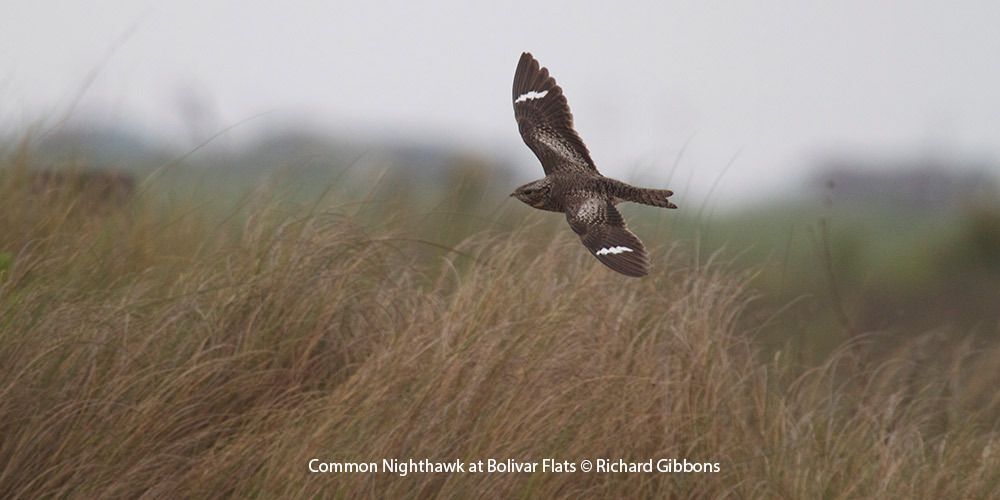Now that the Texas Coast is transitioning into full recovery mode, we turn to assess our nature sanctuaries. We’ve now had a chance to visit several of the sanctuaries and want to share our assessment.
The urban sanctuaries took the biggest hit with very high water from Rummel Creek at Edith L. Moore Nature Sanctuary (ELMNS) in West Houston. For those familiar with the property, water was backed up all the way from Buffalo Bayou and over the brand new bridge, which appears to have weathered the inundation well. A large Southern Red Oak and a few others came down in the storm at ELMNS. There is still water over many of the trails so these remain closed until further notice. (Read more from Bethany Foshée)
Sims Bayou Urban Nature Center in Southeast Houston had water up well over the new boardwalks near the bayou and nearly to the barn. (Read more from Mary Anne Weber)
The coastal sanctuaries were particularly resilient. They are maintained as coastal prairie and marshes by these types of events.
Dos Vacas Muertas Bird Sanctuary in Galveston weathered the storm well. Sanctuaries Manager Pete Deichmann visited Saturday morning and reported that all was OK, ready for visitors.
Azure Bevington, Conservation Technician, surveyed Bolivar Flats Shorebird Sanctuary, Horseshoe Marsh Bird Sanctuary, and all the High Island sanctuaries. She reported that Bolivar Flats had very minor shoreline erosion and this will likely fill back in soon, if not already. All bollards and the vehicular barrier are intact. This is an accreting stretch of beach. Horseshoe Marsh Bird Sanctuary too was without damage. Given that Mundy Marsh and McFarlane Marsh sanctuaries are almost entirely brackish marsh, we expect these received a good slug of nutrients from the storm surge and beat back any exotic invasive woody vegetation hoping for a toehold.
Damuth Woods and Winters Bayou bird sanctuaries in the northern reaches of our service area have several trees and branches down across trails and standing water in some areas. Erosion does not appear to be a problem in these areas for now. That could change if surrounding areas are developed as the greater Houston area continues to expand northward.
This assessment is a relief, but not a surprise. Coastal marshes, woodlots, and prairies are maintained by these regularly occurring inundations. It is what coastal resiliency is all about, ecosystems able to withstand and flourish in the face of dynamic weather events. It’s what makes them the dominant community.
The time has come for our human-dominated landscapes to decide how we will respond to these bigger, wetter, stronger weather events. Will we continue on with business as usual, or will we respond with bold science-based action to meet our future with the resiliency that we see in nature?


